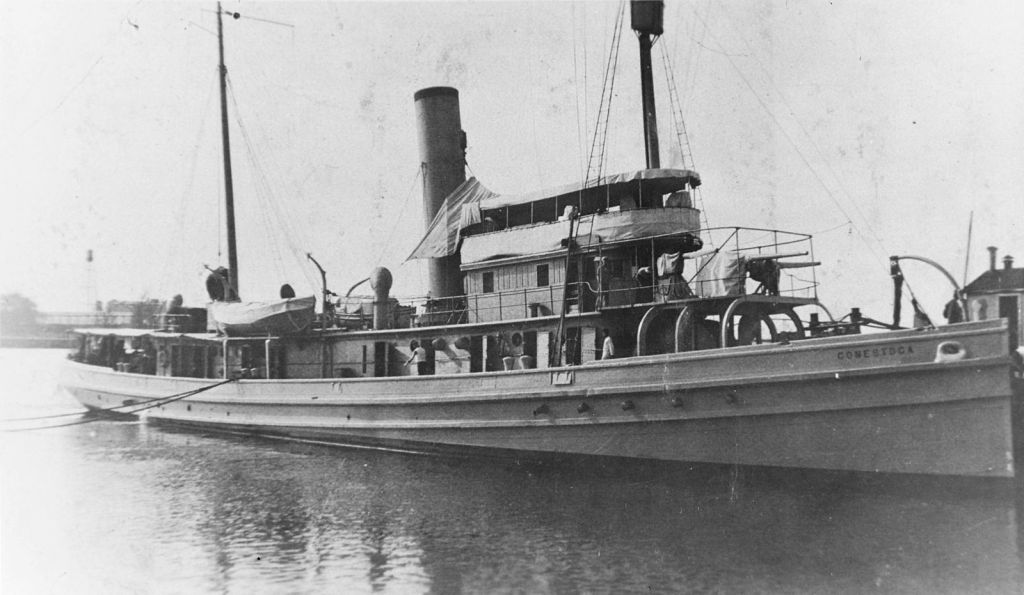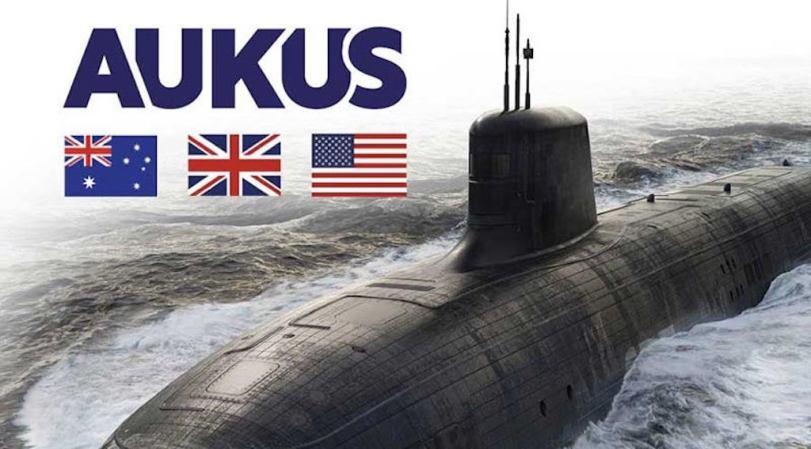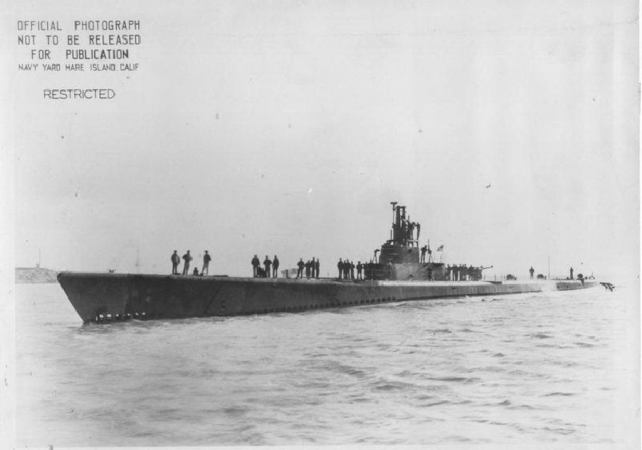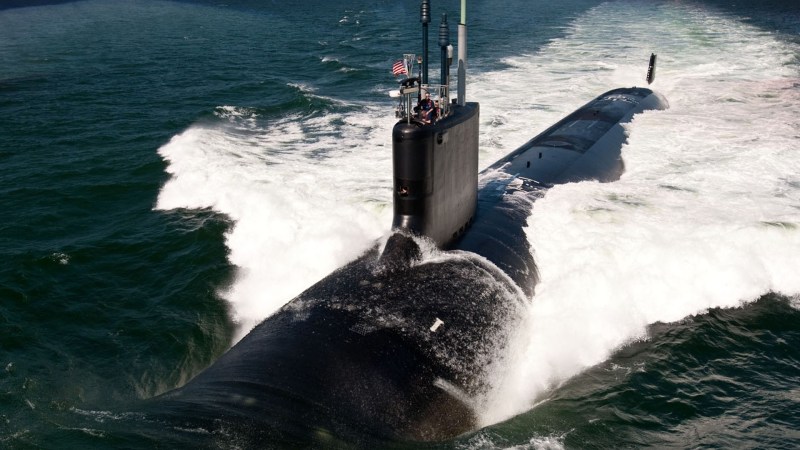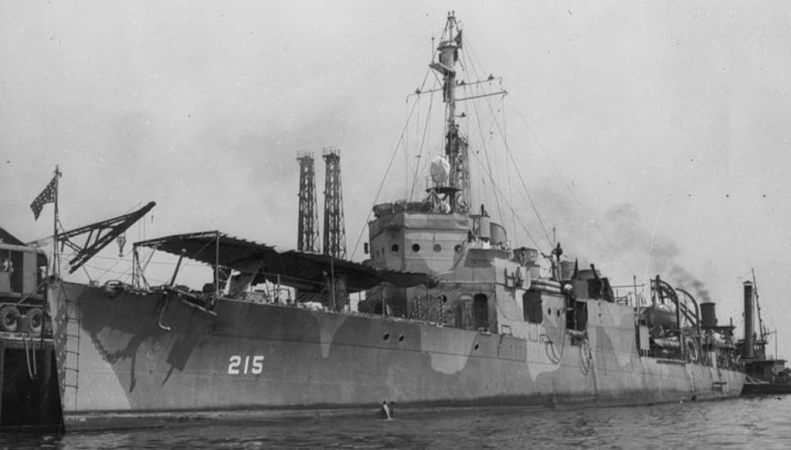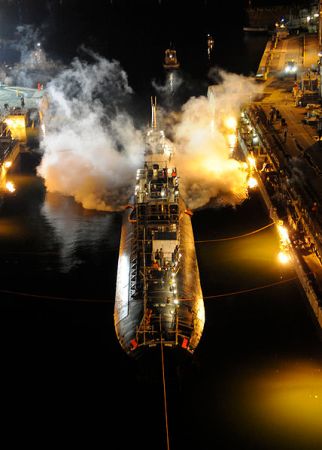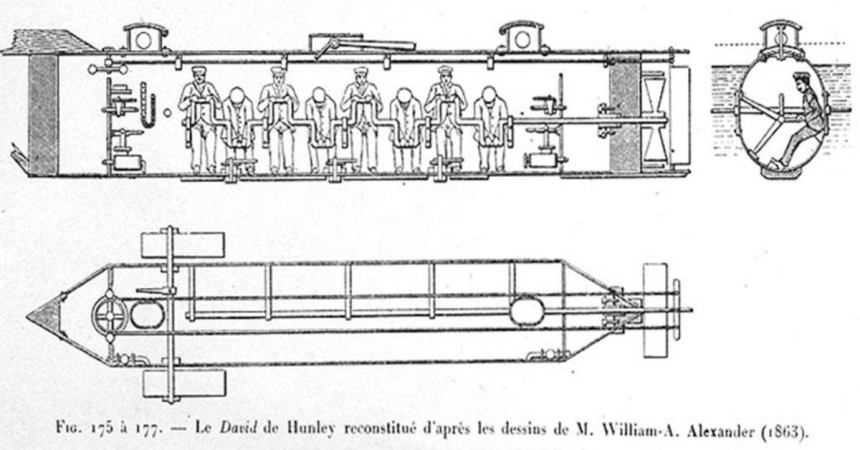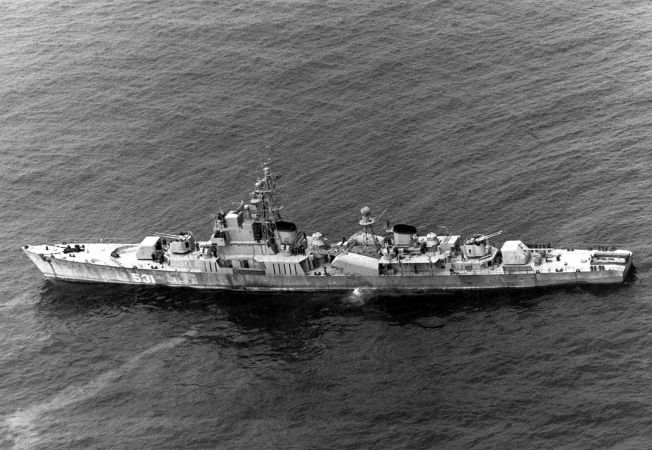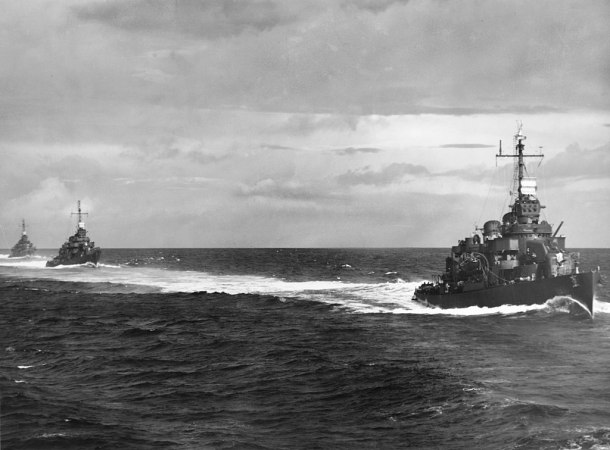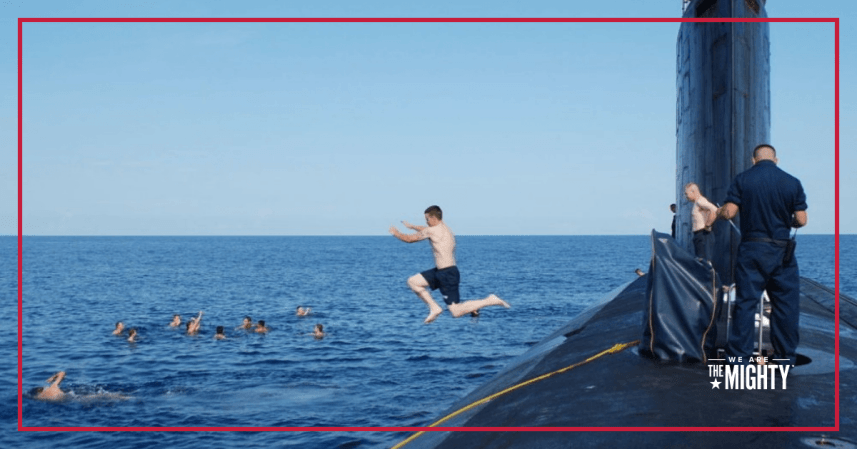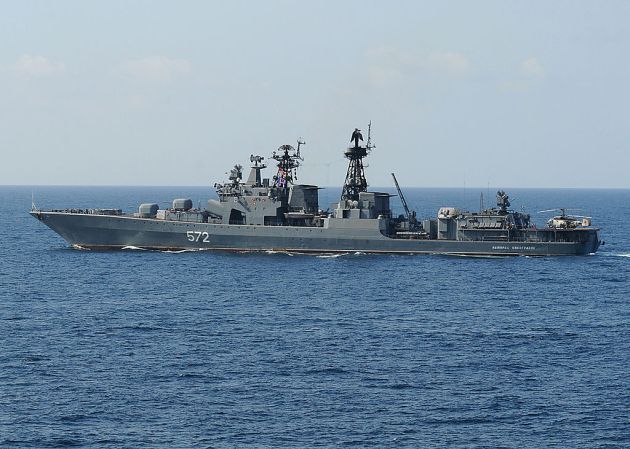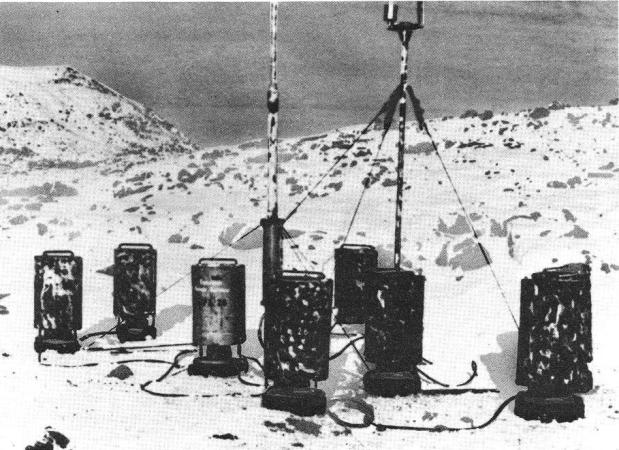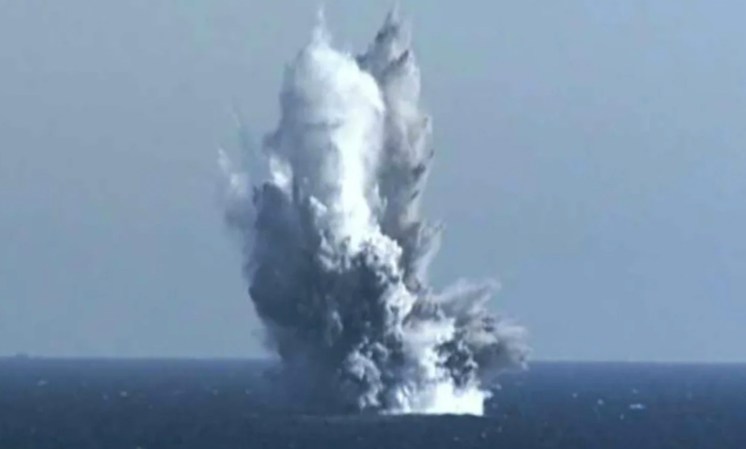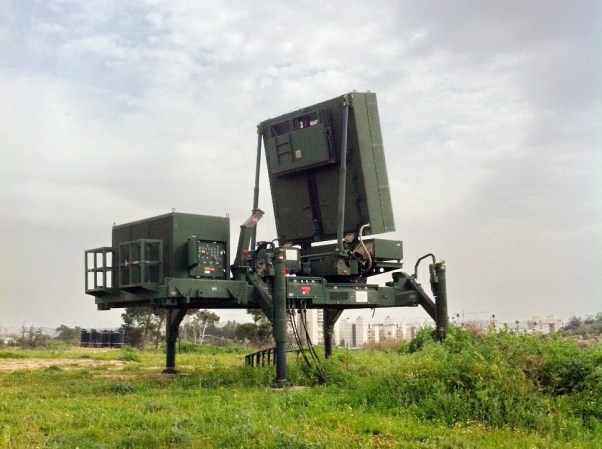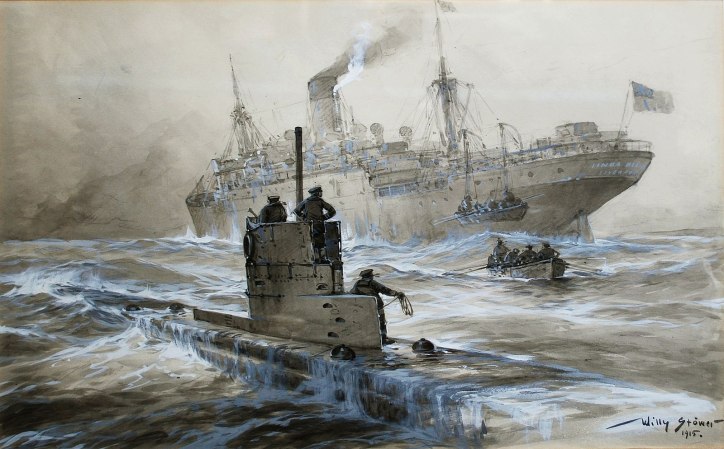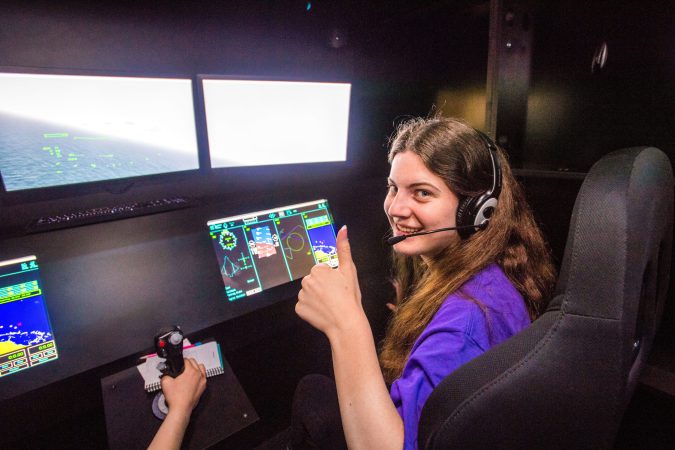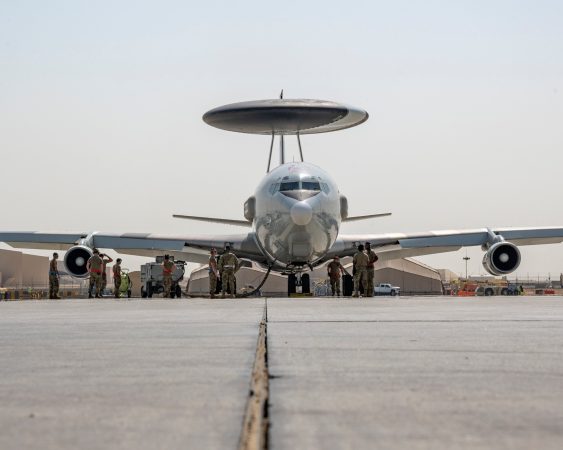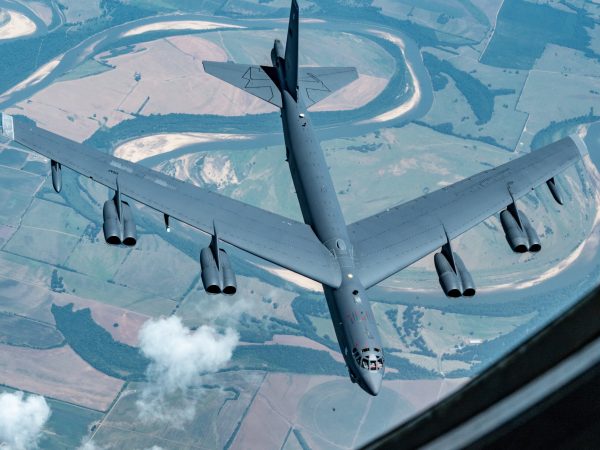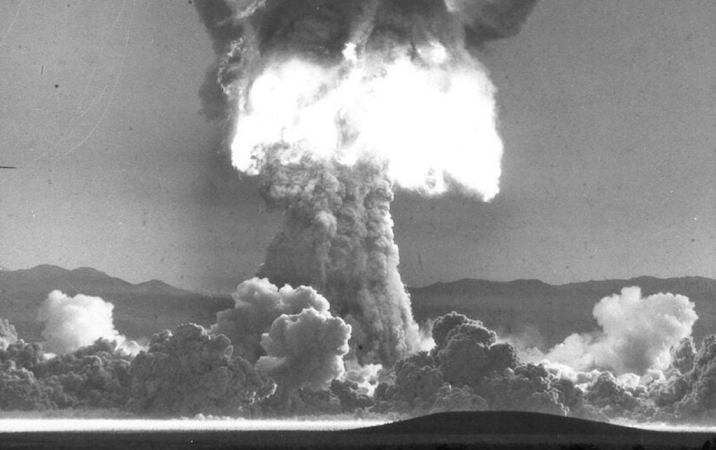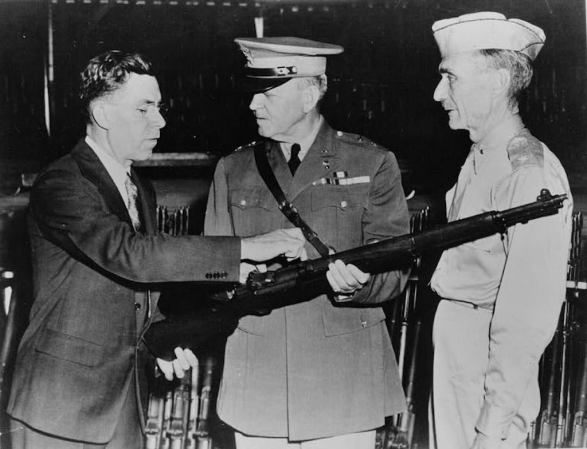The USS Conestoga was a seagoing tug that spent World War I hauling supplies across the Atlantic, escorting convoys, and towing ships back to port. When the war ended, it was transferred to the Pacific Fleet, and based in San Diego. In March 1921, it was sent to haul coal to American Samoa. To this day, no one knows why the Conestoga never arrived.
The submarine USS R-14 was dispatched from Pearl Harbor to look for the Conestoga or determine what happened to the seagoing tug two months later. It’s a shame the tug was never found, because R-14 really could have used the help getting back to Hawaii.

R-14 seemed to be in good working order when it left the Hawaiian Islands. It was a relatively new boat, built at the end of World War I and commissioned in 1919. It had already run a shakedown cruise in Connecticut, steamed from the U.S. East Coast to the West Coast via the Panama Canal, and arrived in Hawaii in less than a year.
On its mission to find the USS Conestoga, the submarine ran out of usable fuel around 100 nautical miles away from Hawaii. To make matters worse, it also lost its radio communications equipment around the same time. In the vastness of the South Pacific, it was a terrible situation for a submarine and its crew. It was dead in the water, with no means of calling for help.
Luckily for the sub and the men aboard it, the Naval Academy-trained officers weren’t too far removed from the age of sail, and still learned vital sailing and navigation skills in their academy days. One of the officers aboard the vessel, Roy Trent Gallemore, came up with the idea of going old school to get everyone home: sails.
Acting commanding officer, Lt. Alexander Dean Douglas designed a series of sails, honest-to-God sails, from the crew’s hammocks and blankets. Then the crew tied them to some jerry-rigged bunk bed frames and attached the entire apparatus to the kingpost of the boat’s torpedo loading crane to create a foresail. This gave the boat some movement and control of the rudder.
Next, they made a mainsail using six sewn-together blankets tied to the submarine’s radio mast. Another eight blankets were sewn together and tied to a top boom made from the remaining bunk bed frames. Tying this to the vertical part of the torpedo crane provided a mizzenmast. All three sails together gave the steel submarine a top speed of 2.1 knots, or just about 2.5 miles per hour in a good wind.

After a couple of days of sailing on the ocean’s surface, LT. Douglas was able to begin charging the submarine’s batteries. 64 hours later, the R-14 was able to come into port at Hijo Harbor, Hawaii, under battery power. For his innovation in an unusual, but potentially deadly situation, Douglas was given a commendation by his Submarine Division Commander, then-Cmdr. Chester Nimitz.
The crew of R-14 would never have found the USS Conestoga unless they too sunk to the bottom of the ocean. The tug’s whereabouts were lost until it was found by divers in 2009, later confirmed to be Conestoga in 2015. Douglas would stay in the Navy through World War II, commanding a submarine escorting convoys to North Africa.
R-14 spent World War II hunting Nazi submarines in the Caribbean, but the only combat it saw was when U.S. Army artillery mistook it for a German submarine off the coast of Key West, Florida and fired on it. The ship was undamaged.

